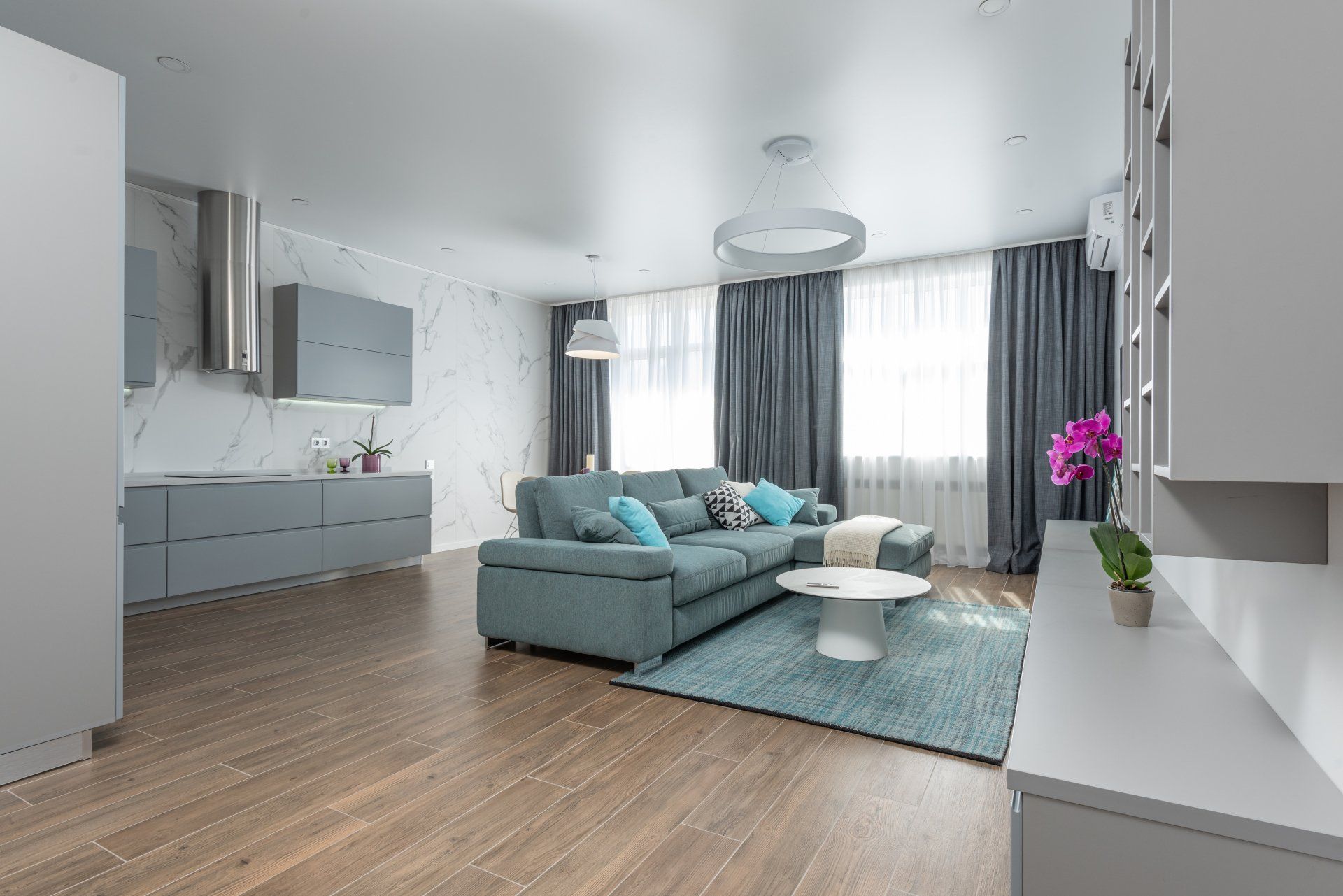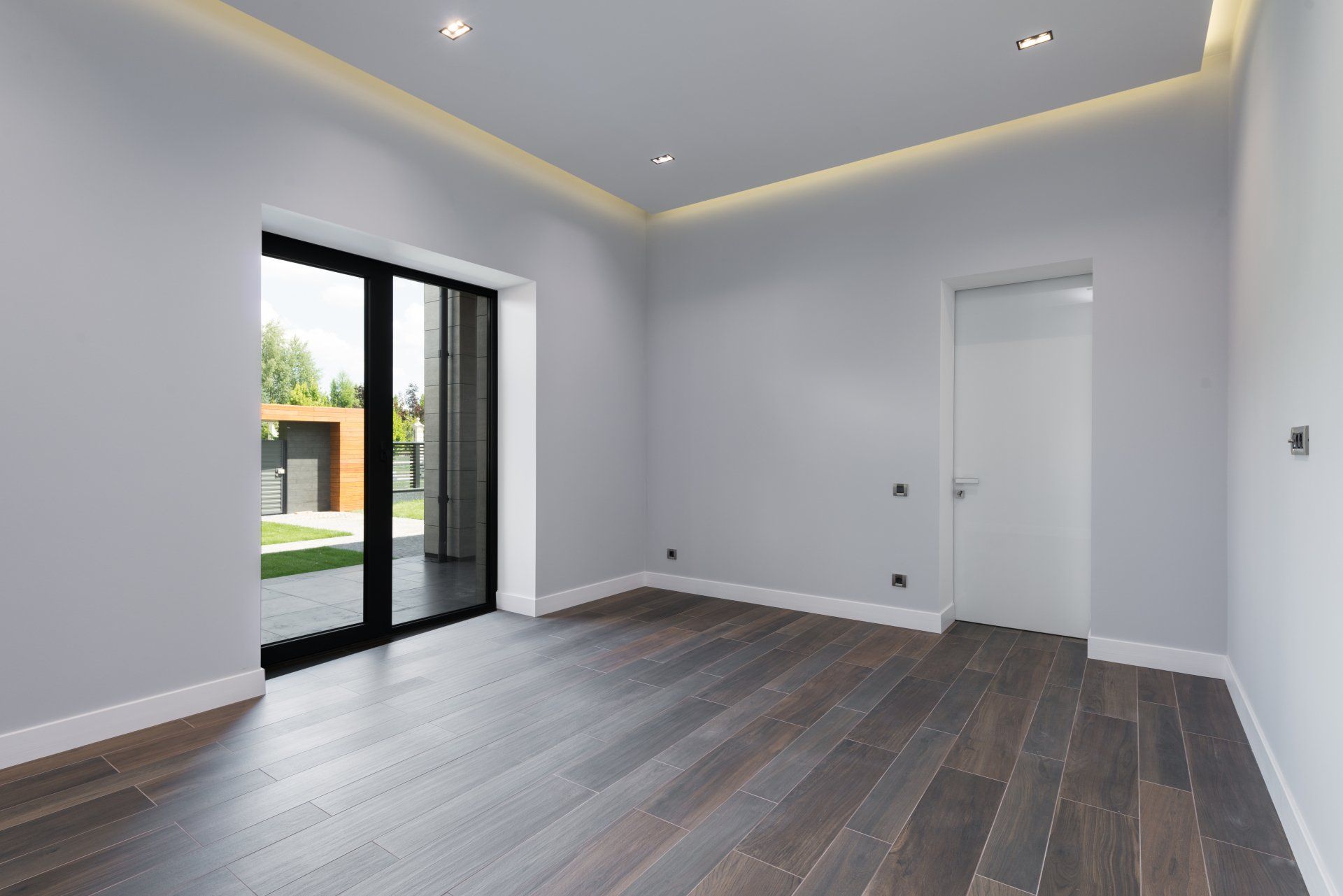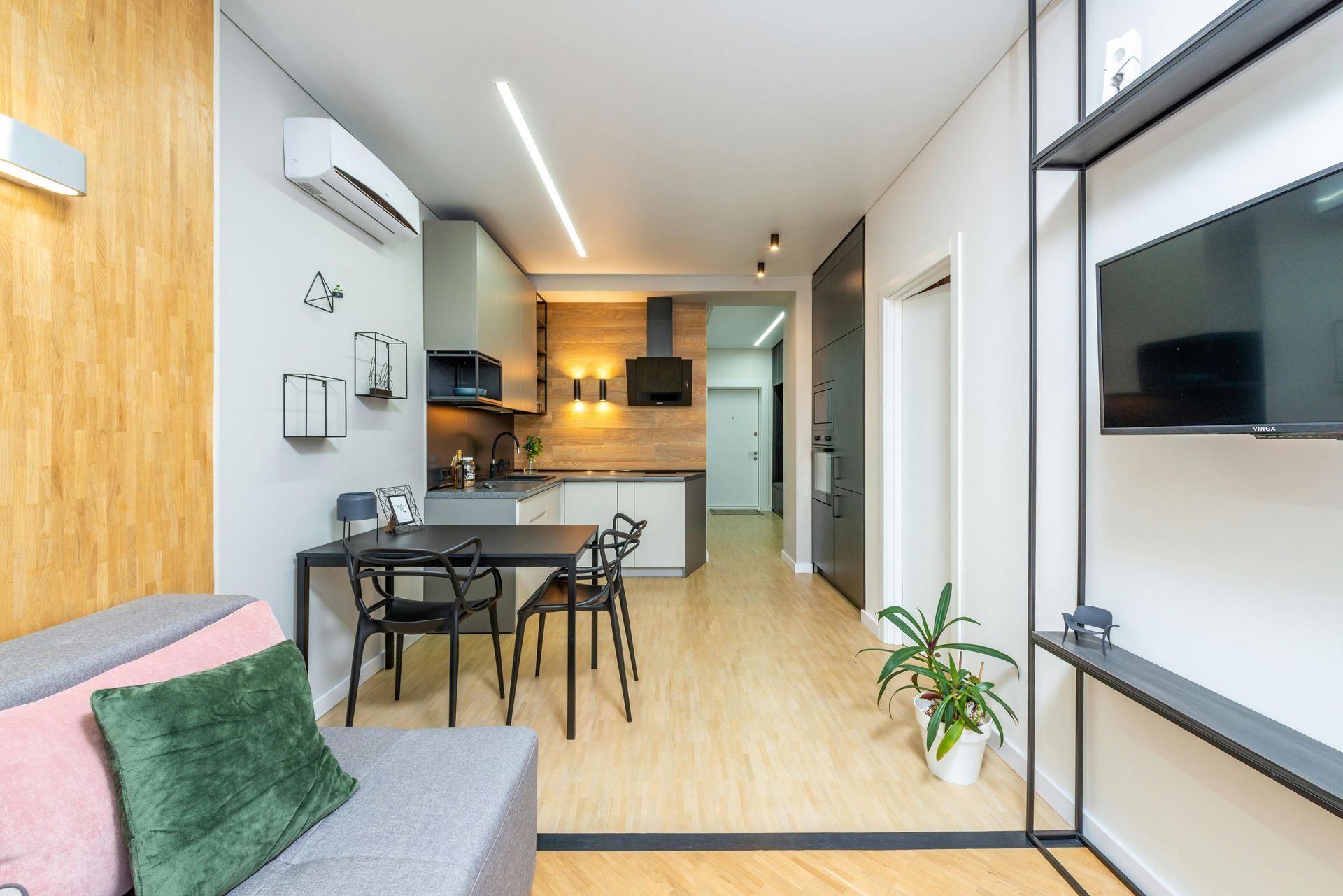What to look out for when buying laminate flooring?

When buying laminate flooring, there are several key factors to consider to ensure you select the best option for your needs and preferences. Here are some important points to look out for:
1. Quality and Durability
- AC Rating: The Abrasion Criteria (AC) rating indicates the durability of the laminate flooring. AC1 is suitable for light residential use, while AC5 is designed for heavy commercial use. For most homes, AC3 or AC4 is sufficient.
- Thickness: Thicker laminate (8-12 mm) is more durable and better at absorbing sound, making it a good choice for high-traffic areas.
2. Material Composition
- Core Material: Look for a high-density fiberboard (HDF) core for better stability and durability compared to medium-density fiberboard (MDF).
- Water Resistance: Some laminates have a water-resistant core or are specially treated to withstand moisture, which is ideal for kitchens and bathrooms.
3. Design and Aesthetics
- Visual Appeal: Choose a design that complements your home decor. Laminate flooring comes in a variety of styles, including wood, stone, and tile looks.
- Surface Texture: Embossed textures can provide a more realistic wood or stone appearance and add traction.
4. Installation Method
- Click-Lock vs. Glue-Down: Click-lock systems are easier to install as they don’t require adhesive and can often be installed as a floating floor. Glue-down laminate is more permanent but requires more effort and precision during installation.
5. Warranty and Brand Reputation
- Warranty: Check the warranty terms. A longer warranty period is often an indicator of better quality and durability.
- Brand Reputation: Research brands and read reviews to ensure you’re buying from a reputable manufacturer with a history of producing high-quality products.
6. Environmental Considerations
- Certifications: Look for certifications like FloorScore or Greenguard, which indicate low VOC emissions and better indoor air quality.
- Sustainability: Consider products made from recycled materials or those that have eco-friendly manufacturing processes.
7. Cost
- Budget: Determine your budget and find a balance between cost and quality. Cheaper options might be tempting, but they can lack durability and aesthetic appeal.
- Additional Costs: Factor in the cost of underlayment, installation tools, and professional installation if needed.
8. Underlayment
- Type of Underlayment: Underlayment can improve comfort, sound absorption, and moisture protection. Ensure you choose the right type for your subfloor and laminate type.
9. Room Suitability
- Moisture-Prone Areas: For areas like bathrooms and kitchens, ensure the laminate is suitable for high-moisture environments.
- Traffic Levels: Consider the expected foot traffic in the room. Higher traffic areas require more durable laminate.
10. Ease of Maintenance
- Cleaning Requirements: Choose laminate flooring that is easy to clean and maintain. Some finishes are more resistant to stains and scratches.
11. Samples and Testing
- Samples: Always obtain samples to see how the laminate looks and feels in your home’s lighting and space.
- Scratch and Water Resistance Test: Perform a scratch and water resistance test on samples to ensure they meet your durability expectations.
By considering these factors, you can make a well-informed decision and select laminate flooring that meets your aesthetic preferences, durability needs, and budget constraints.



